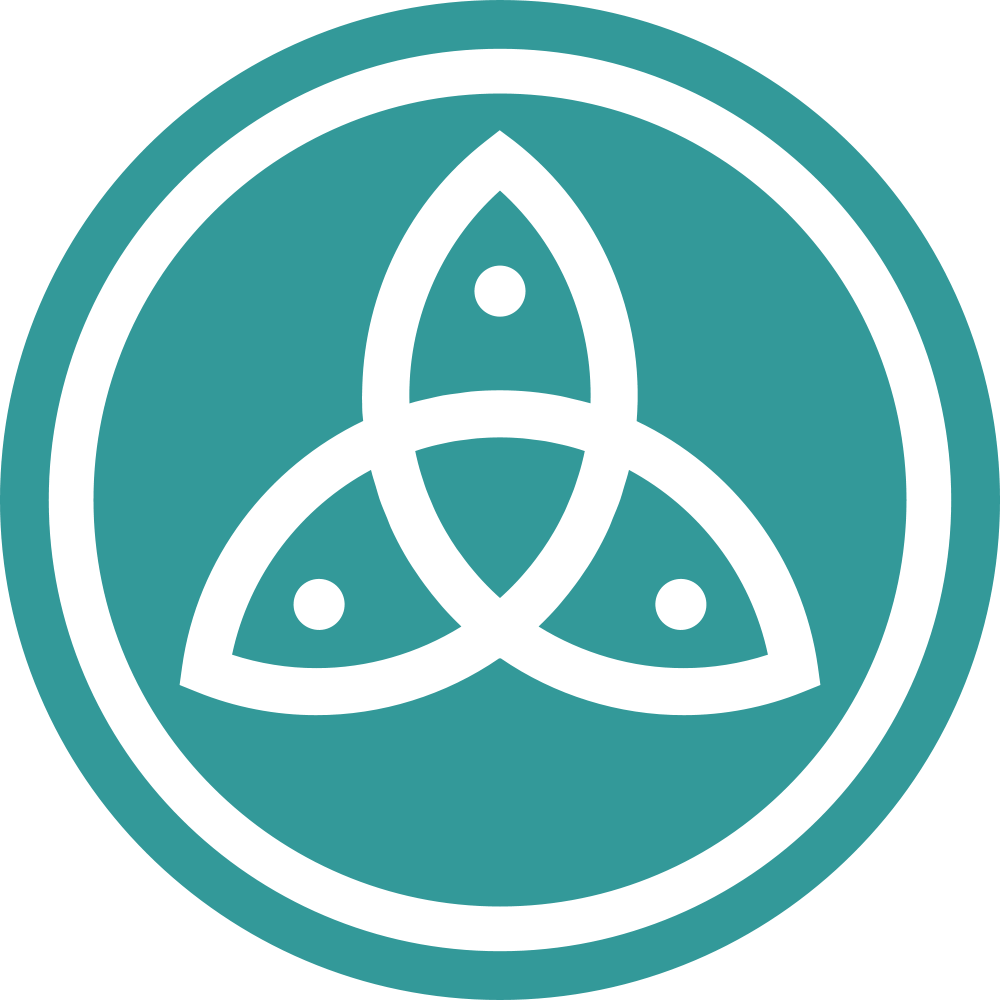Department of Animal Science
 The sole department under the college of agriculture dealing with animals, the Department of Animal Science is a pillar for instruction, research, and extension in animal science offers the Bachelor in Animal Science (BAS) with majors in Animal Production and Animal Health, Master of Science (MS), and Doctor of Philosophy (Ph.D.) programs of the Visayas State University.
The sole department under the college of agriculture dealing with animals, the Department of Animal Science is a pillar for instruction, research, and extension in animal science offers the Bachelor in Animal Science (BAS) with majors in Animal Production and Animal Health, Master of Science (MS), and Doctor of Philosophy (Ph.D.) programs of the Visayas State University.
The department has two divisions – Animal Production and Animal Health.
Department of Agronomy & Soil Science
 The Department of Agronomy and Soil Science (DASS) is among the very first departments created when this institution was converted into a state college in 1974. Many of its graduates are now successful professionals in various parts of the Philippines and abroad. The department has also produced graduates who became topnotchers in the Agriculturists Board Examination given by the Professional Regulatory Commission of the Philippines.
The Department of Agronomy and Soil Science (DASS) is among the very first departments created when this institution was converted into a state college in 1974. Many of its graduates are now successful professionals in various parts of the Philippines and abroad. The department has also produced graduates who became topnotchers in the Agriculturists Board Examination given by the Professional Regulatory Commission of the Philippines.
The Department is composed of two sections:
Agronomy Section
Agronomy is an agricultural science dealing with field crop production and management. In recent years, Agronomy has broadened itself to answer issues regarding sustainable development. Also, the impacts of existing production systems on total plant production, the environment, and human health are now a major concern of Agronomy.
Soil Science Section
Soils are the Earth's living skin. They are major support systems of human life and welfare. Soil Science is the ecological earth science that deals with the characterization, management, and protection of soil resources in the forest, agricultural, wetland, and urban ecosystems.
Curricular Offerings
Agronomy:
Bachelor of Science in Agriculture (BSA) major in Agronomy
- Master of Science (MS) in Agronomy
- Master in Agricultural Development (MagDev) in Agronomy
- Ph.D. in Agronomy (currently proposed)
Specializations :
- Crop Production and Management
- Crop Physiology
- Seed Technology
- Farming Systems
- Forage and Pasture
Soil Science:
Bachelor of Science in Agriculture (BSA) major in Soil Science
Master of Science (MS) in Soil Science
Specializations:
- Pedology
- Soil Conservation
- Soil Chemistry
- Soil Fertility and Plant Nutrition
- Soil Microbiology and Biochemistry
- Soil Physics
- Soil Survey and Land Use
Research Thrusts
Agronomy
- Sustainable agriculture
- Crop production and management
- Pasture crop improvement
- Development of low input agricultural technology
- Response of crops to environmental stresses
- Seed technology
Soil Science
- Characteristics of soils in forest and agricultural ecosystems
- Formation and degradation of volcanic and limestone soils
- Effects of land-use change on soil characteristics and nutrient status
- Land suitability evaluation and mapping of soils
- Soil fertility evaluation and management of problems soils
- Soil pollution and remediation
- International Linkages
Some professors of the department maintain research collaborations with colleagues from noted foreign universities such as University of Hohenheim (Germany), University of Hawaii (USA), Cornell University (USA), Martin Luther University (Germany), National Taiwan University (Taiwan), Nagoya University (Japan), and United Nations University (Japan). Also, a professor in the department is an officer of the global organization of soil scientists, the International Union of Soil Sciences (IUSS).
Selected Publications
- Asio, V.B., C. C. Cabunos, and Z.S. Chen. 2006. Morphology, physicochemical characteristics and fertility status of soils formed from Quaternary limestone in Leyte, Philippines. Soil Science, USA, 171 (in press)
- Li, C.C., M.Y. Wu, V.B. Asio, and Z.S. Chem. 2006. Using soil quality indices to assess the effects of applying swine manure compost on soil quality under a crop rotation system in Taiwan, Soil Science, USA, 171:210-222
- Susaya, J.P., and V.B. Asio 2005. Status of phosphorus in the rain forest of Mt. Panagasugan, Leyte, Philippines. Annals of Tropical Research 27(2): 70-82
- Asio, V.B. 2005. Comments on the historical development of soil and weathering profile concepts from Europe and the United States of America. Soil Science of Society of American Journal, USA, 69: 571-572
- Ratilla, B.C. and R.G. Escalada. 2005. Time of incorporation of field legume herbage and its influence on the growth and yield of upland rice. Annals of Tropical Research 27:83-102
- Tulin, A.B., V.B. Asio, D.M. Campilan and S. Kawai. 2004. Characterization of nutrient deficiency symptoms in sweet potato through a farmer-scientist participatory approach. Annals of Tropical Research 26:141-167
- Cagasan, U.A. and B.C. Agarcio. 2004. Yield and economic returns of peanut and sweet corn as influenced by the timing of planting the crops in an intercropping scheme. Annals of Tropical Research 26: 1-22
- Javier, R.R. 2003. Cultural management manipulation for baby corn production. I. Effects of variety and organic fertilizer application on baby corn. Annals of Tropical Research 24: 34-47
- Villamayor, F.P. 2000. Selecting the best site for a sanitary landfill. Philippine Journal of Science 129: 47-49
- Chen, Z.S., T.C. Tsou, V.B. Asio and C.C. Tsai. 2001. The genesis of Inceptisols on a volcanic landscape in Taiwan. Soil Science, USA, 166:255-266
- Asio, V.B. R. Jahn, K. Stahr, and J. Margraf. 1998. Soils of the tropical forest of Leyte, Philippines. 2. Impact of different land uses on the status of organic matter and nutrient availability. In: Soils of Tropical Forest Ecosystems (A. Schulte and D. Ruhiyat, eds.). Springer Verlag, Berlin-Heidelberg-New York, pp: 37-44
- Asio, V.B. Jahn R., Stahr, K. 1999. Changes in the properties of volcanic soil (Andisol) in Leyte due to the conversion of forest to other land uses. The Philippine Journal of Science 128: 1-13
- Asio, V.B. and Chen, Z.S. (1998): Study of and site weathering in Northern Taiwan using micromorphological approaches. Taiwan Journal of Forest Science 13:259-269
- Asio, V.B. and Badayos, R.B. 1998. Biological accumulation of calcium carbonate in some lowland rice soils in the Philippines. The Philippine Agriculturist 81:176-181
- Escalada, R.G. B.C. Ratilla. 1998. Effects on Leucaena biomass application in comparison with inorganic fertilizer on cassava and taro yields in the Philippines. Agroforestry Systems 41:251-266
- Asio, V.B. 1996. Characteristics, weathering, formation, and degradation of soils from volcanic rocks in Leyte, Philippines. Hohenheimer Bodenkundliche Hefte vol. 33, Stuttgart, Germany, 209 pp. (book)
Facilities & Resources
Lecture rooms, audio-visual room, soil & plant analysis lab, soil microbiology lab, soil science teaching lab, pedology & geo-ecology teaching lab, agronomy teaching lab, department library, graduate student room, computer room, conference room, screen houses, field station & experimental site, seed storage facility, and vehicles.
College of Education and Agricultural Technology
 History
History
The Visayas State University - Villaba Campus (College of Education and Agricultural Technology) started in 1974 as Villaba High School operating under the General Education Program.
Significant events followed: 1.) June 1960 - with the approval of RA 2425 the school was converted into Villaba Rural High School and was operating under the defunct Bureau of Vocational Education; 2.) August 12, 1968 - the school was converted into the Leyte National Agricultural College and authorized to offer Bachelor of Science in Agriculture, Bachelor of Science in Agricultural Education and agricultural technician courses. 3.) May 25, 1995 - RA 8009 was approved changing the name of the college into the Leyte National College of Agriculture, Science and Technology and expanding its curricular offerings to include: Arts and Sciences, Forestry, Engineering, Veterinary Medicine in addition to the existing programs. 4.) October 31, 1999 - LNCAST was integrated to the Visayas State College of Agriculture and later it was converted to Leyte State University (now the Visayas State University) as one of its satellites under the VSU system as mandated in RA 7722 and 8292.
Vision
VSU -VC as a center of excellence in science and technology, teacher education and allied courses in Northwestern Leyte.
Mission
Attainment of the highest human capital and scientific knowledge in agriculture, science and technology, teacher education and allied courses in Northwestern Leyte.
College of Fisheries
 The Visayas State University - Tolosa Campus was established on September 11, 1971, and was formerly named Daniel Z. Romualdez Memorial School of Fisheries. It is situated in the coastal barangay of Tanghas, Tolosa, Leyte. The Goal of the Visayas State University-Tolosa Campus is "To spearhead in the region's socio-economic development through relevant fishery instruction, research, extension and production which will result in the proper utilization and management of fishery resources.
The Visayas State University - Tolosa Campus was established on September 11, 1971, and was formerly named Daniel Z. Romualdez Memorial School of Fisheries. It is situated in the coastal barangay of Tanghas, Tolosa, Leyte. The Goal of the Visayas State University-Tolosa Campus is "To spearhead in the region's socio-economic development through relevant fishery instruction, research, extension and production which will result in the proper utilization and management of fishery resources.
On August 14, 2009, the Commission on Higher Education has identified the Visayas State University (VSU) as National University/College of Fisheries (NUCF) for Region VIII under the National Agriculture and Fisheries Education System (NAFES) as mandated thru Republic Act no. 8435, otherwise known as the "Agriculture and Fisheries modernization act of 1997.






